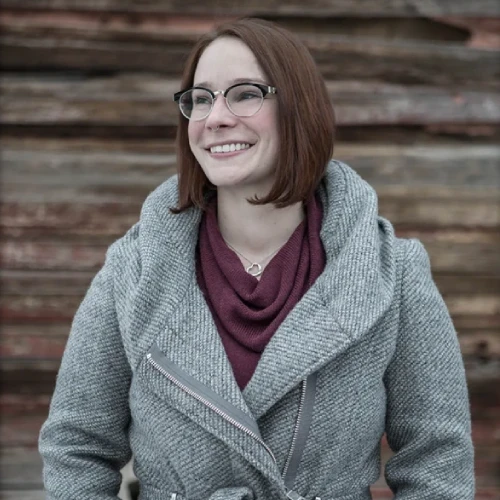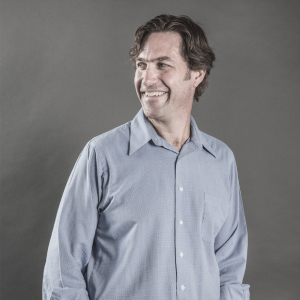Architects and builders alike play a crucial role in forming a more sustainable and environmentally friendly future. With the increasing urgency to act on climate change and the pressing need for ecological conservation, the shift towards green building practices and sustainable materials has become a fundamental necessity.
The transition to green building is not just a trend but a profound shift in the construction and architectural industries, aiming to harmonize human habitats with the natural world. This approach not only addresses the immediate impacts of construction on the environment but also looks toward long-term sustainability and efficiency in the built environment.
In this blog, we explore the core principles of sustainable building design, the various advantages of environmentally friendly construction, and shed light on the most effective practices and materials for reducing the industry’s carbon footprint.
Understanding Sustainable Building Design
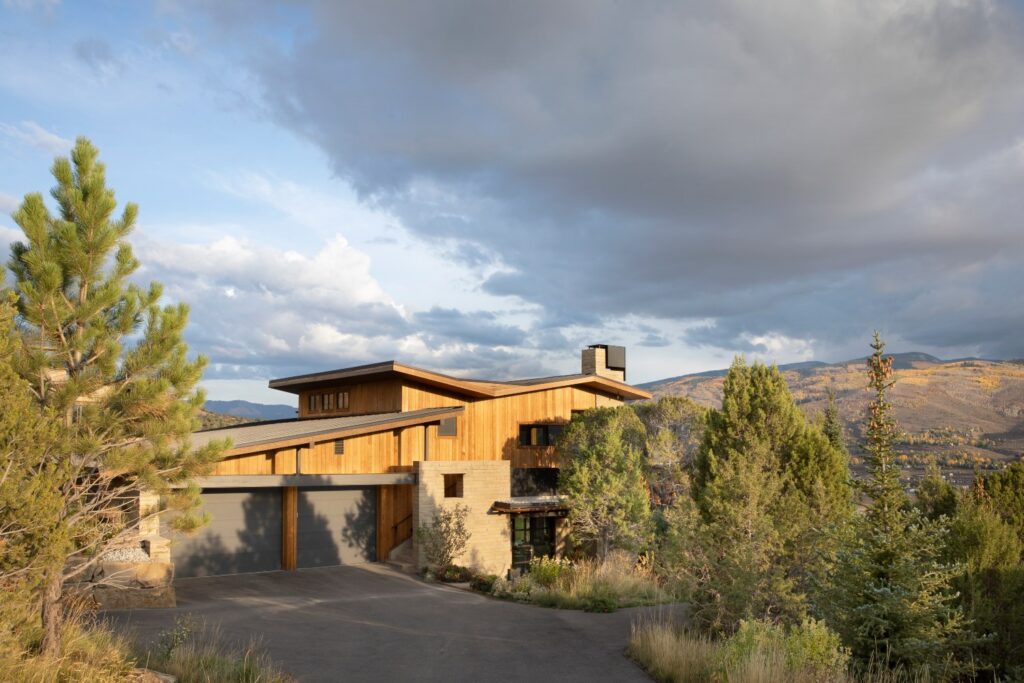
Sustainable building design minimizes environmental impact while enhancing efficiency and sustainability in using materials, energy, and space. This approach champions the creation, operation, and decommissioning of buildings in ways that contribute positively to their surroundings and to the health of those who occupy them. It also emphasizes energy efficiency by integrating renewable energy sources such as solar, wind, and geothermal. Water conservation is another cornerstone achieved via innovative rainwater harvesting systems and greywater reuse. Moreover, sustainable design involves carefully selecting recyclable building materials that have a low environmental footprint and are durable over time. Buildings can achieve remarkable sustainability and efficiency by embedding these elements into the design process from the beginning.
Integrating Sustainability in Our Design Methods
The transition towards sustainable construction methods marks a significant paradigm shift in planning, designing, and constructing buildings. This evolution in construction philosophy, incorporating modular construction techniques and an emphasis on reducing waste and shortening construction timelines, is evident in various architectural styles, including ranch architecture. At SRI, we’ve made the shift toward sustainable practices and integrated these ideals into our design principles.
Adopting green practices, our projects go beyond looking good to also being good for the planet. We carefully choose environmentally friendly materials, aim for energy savings and plan spaces to make the most of natural light. This way, we reduce our impact on the environment while making the places we create more enjoyable for everyone.
Green certifications, such as LEED, serve as a guiding framework for these efforts, providing benchmarks and validation for environmental stewardship. Moreover, the integration of innovative technologies and the Internet of Things (IoT) into construction processes, optimizes energy consumption, reduces emissions, and enhances overall building performance, leading to smarter, more sustainable building solutions.
The Benefits of Eco-Friendly Design
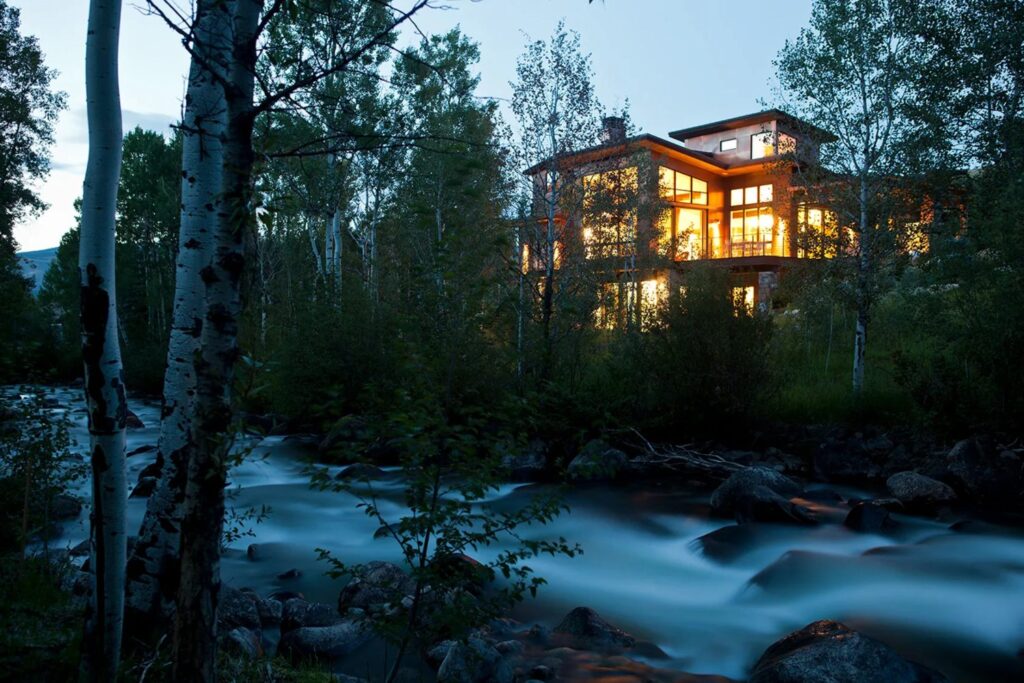
Healthier Lives with Green Construction
The move towards eco-friendly construction aims to create healthier living and working spaces. By prioritizing aspects such as indoor air quality and natural lighting, green buildings significantly enhance the well-being of their occupants. Advanced ventilation systems and choosing non-toxic, low-emitting materials reduce harmful pollutants, ensuring a healthier indoor climate. This focus on health and wellness is a testament to the profound impact that building design and construction can have on human health.
Green Builds Cut Waste
One of the hallmark features of sustainable construction is its emphasis on waste reduction across all stages of the building lifecycle. From meticulously planning material usage to recycling construction waste, each step in the process is designed to minimize the environmental footprint of building activities. This approach conserves resources and sets a precedent for responsible construction practices that can be replicated across the industry.
Eco-Construction Boosts Economy
The economic implications of green construction extend beyond the direct benefits of energy savings and operational efficiencies. The sector catalyzes economic growth, creating new job opportunities in green design, construction, and maintenance. This economic stimulation is complemented by the environmental benefits of reduced resource consumption and lower carbon emissions, illustrating the symbiotic relationship between ecological sustainability and economic vitality. A win-win!
Cost-Saving Green Techniques
Although initial investment costs for green buildings may exceed those of conventional constructions, the long-term financial benefits are substantial. Green buildings typically incur lower energy costs, reduced water bills, and diminished maintenance expenses, contributing to significant savings over the building’s lifespan. Furthermore, green building practices often increase property values, offering tangible financial incentives for developers and owners alike.
Material Cost Drops in Eco-Building
The growing demand for sustainable building materials has decreased their costs, making green construction more accessible and affordable. This trend towards cost reduction facilitates a broader adoption of eco-friendly materials, drives innovation in the industry, and encourages builders and architects to incorporate more of these sustainable practices without compromising financial viability.
Green Building: Sustainable Materials Guide
Choosing the right materials is crucial for construction projects’ environmental impact and long-term sustainability. Sustainable building materials stand out due to their renewability, minimal energy consumption in production (low embodied energy), and their potential for recycling or repurposing once they reach the end of their useful life. Among the preferred options are fast-growing resources such as bamboo, known for its strength and versatility; materials containing recycled content like steel, which reduces the demand for virgin resources; and reclaimed materials like wood, which preserve forests and add unique aesthetic value to buildings. These eco-friendly choices help lessen the ecological footprint of construction by minimizing waste and energy use, thereby supporting the creation of buildings that are not only healthier for their occupants but also more efficient in terms of energy consumption. The adoption of such materials is a testament to the construction industry’s commitment to environmental responsibility and its role in promoting sustainability.
Why Sustainability Matters in Construction
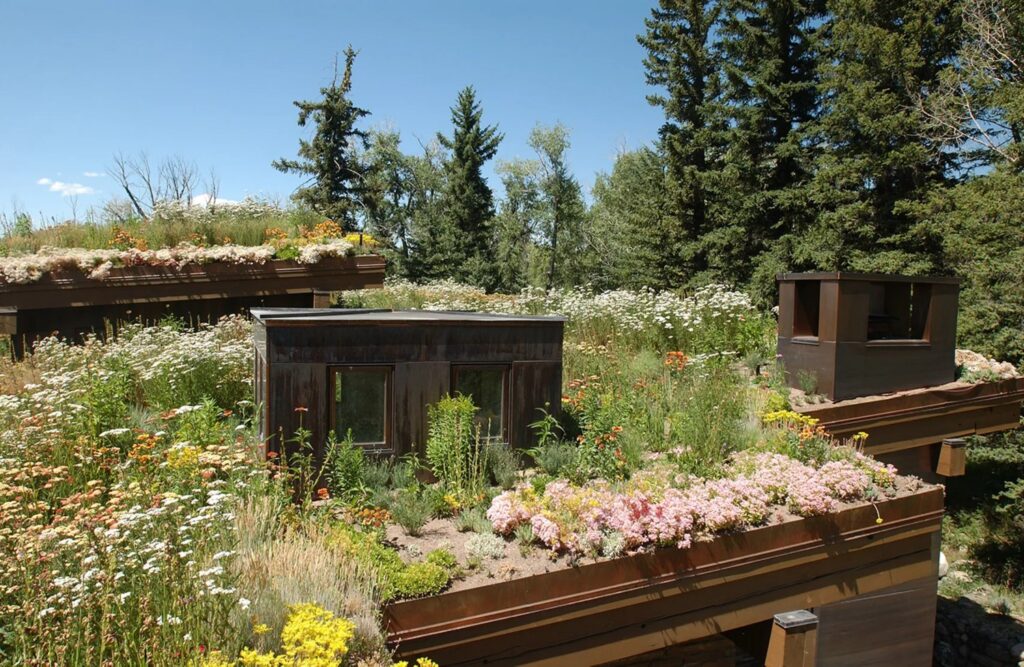
According to the UN Environmental Programme, the construction industry alone contributes to 37% of global carbon emissions and resource depletion. By embracing sustainable building practices, the industry can mitigate its environmental impact, foster biodiversity, and contribute positively to the global effort against climate change. This commitment to sustainability is a response to environmental challenges and an opportunity to redefine the industry’s role in building a sustainable future.
Mastering the Principles of Green Construction Techniques
Achieving mastery in green construction requires a commitment to ongoing learning, innovation, and adapting best practices. It demands a comprehensive understanding of the environmental impacts associated with construction and a dedicated effort to minimize them through thoughtful design, material selection, and construction practices. This journey towards sustainability is characterized by a continuous search for balance between economic, social, and environmental priorities, driving the construction industry towards a more sustainable, efficient, and inclusive future.
By fostering a culture of sustainability within the design industry, we pave the way for a future where buildings exist in harmony with their natural surroundings and contribute to society’s well-being and prosperity. The principles and practices of green buildings represent a significant step forward in our collective journey towards a more sustainable and resilient built environment.
To learn more about effectively embracing green building practices, contact SRI Architects. Our expert team specializes in designing homes that are practical and grounded in sustainable principles.
